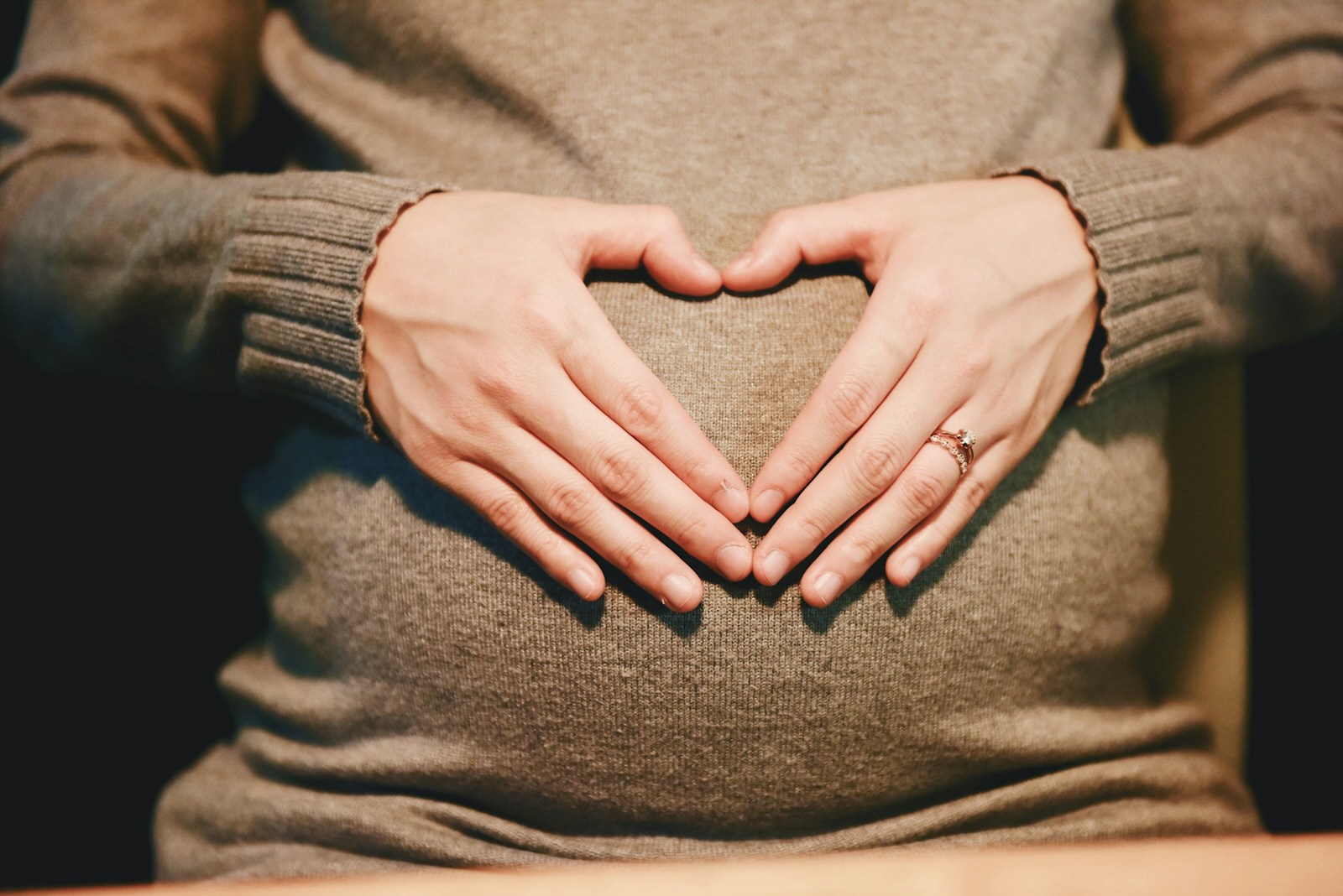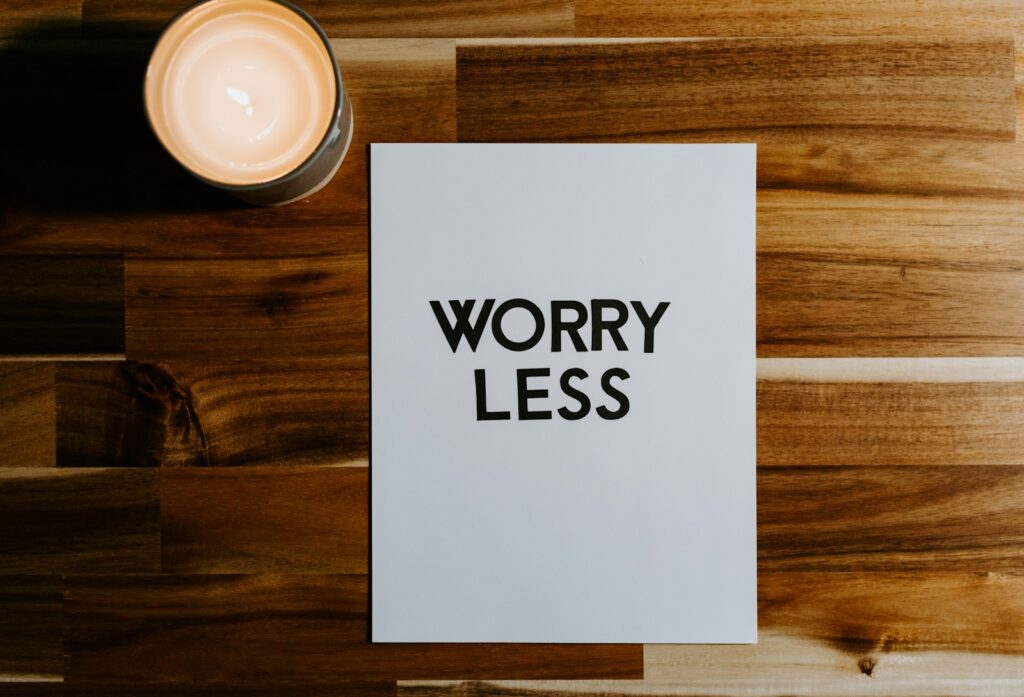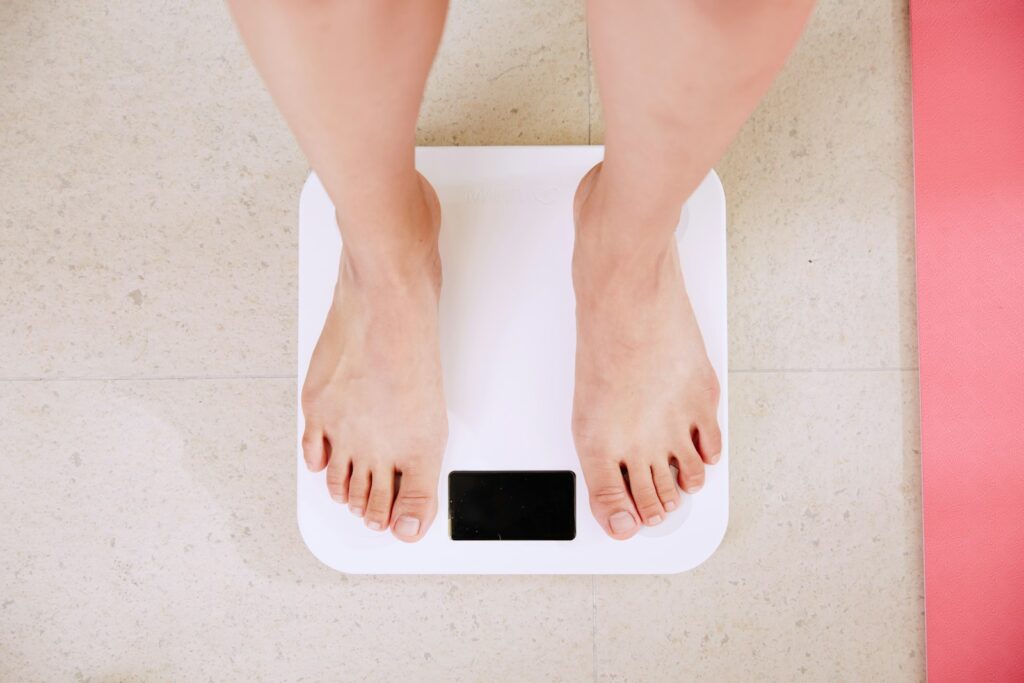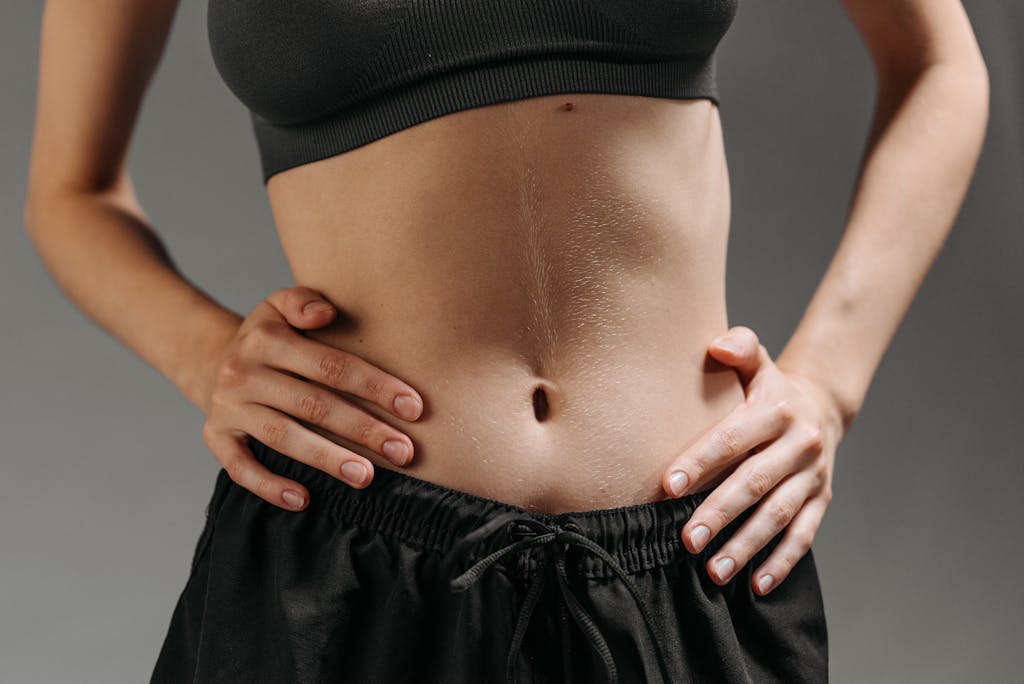This Post Contains Affiliate Links. Please Read Our Disclosure for Full Information.
Hey mama! 💕
First off—huge congrats on bringing a whole human into this world! You’re literally a superhero. 🦸♀️
While those tiny baby giggles are everything, the postpartum belly fat? Not so much.
And you know what? That’s okay. Your body did something incredible, and now it’s time to show yourself some love while getting your confidence back—one fun, gentle step at a time.
Here’s how to shed that belly fat after pregnancy (without toxic diets or endless crunches) and feel amazing in your skin again:

💧 1. Hydrate Like a Queen 👑
✅ Drinking tons of water is the easiest way to help your body flush out toxins, reduce bloating, and boost metabolism.
✅ Plus, if you’re breastfeeding, you need that extra hydration!
🥗 2. Eat Clean, Not Less 🍓
✅ Skipping meals is not the move, mama. Your body needs fuel—especially now.
✅ Focus on whole foods like veggies, lean protein, whole grains, and healthy fats.
✅ Little swaps (like brown rice instead of white) = big changes over time.
👉 Healthy Meal Prep Containers
🏃♀️ 3. Start Moving—Even Just a Little 🚶♀️
✅ No need to run marathons. Start with brisk walks, light yoga, or gentle stretching.
✅ Movement boosts metabolism, mood, and helps tighten your core naturally.
👉 Resistance Bands for At-Home Workouts
💤 4. Prioritize Sleep (Yes, Even Now) 😴
✅ I know, I know—“sleep when the baby sleeps” sounds like a joke.
✅ But lack of sleep raises cortisol (the stress hormone), which can make belly fat stubborn.
✅ Sneak in naps whenever you can!
👉 Weighted Blanket for Deep Sleep
🍵 5. Sip on Metabolism-Boosting Teas ☕
✅ Herbal teas like green tea, ginger, and cinnamon can help rev up metabolism and reduce water retention—all while giving you that calming moment you deserve.
🧘♀️ 6. Strengthen Your Core—Safely 🔥
✅ Forget hardcore crunches right away. Start with pelvic tilts, bridges, and deep belly breathing exercises to rebuild core strength gently.
✅ This not only shrinks the belly but also heals diastasis recti (ab separation) if you have it.
💖 7. Be Kind to Your Beautiful Self ✨
✅ Listen babe: Your worth is not defined by your waistline.
✅ Progress takes time, and every small step counts. Celebrate the wins—big or small—because you’re doing amazing.
Final Words, Mama: Your Glow-Up Is Already Happening 🌟
Don’t rush it. Your body just performed a miracle.
With gentle changes and a whole lotta self-love, you’ll feel like your strong, confident, beautiful self again—and maybe even better.
Drop a 💕 if you’re starting your postpartum glow journey today!
xoxo,
Serenity Talks
We are giving it for free to our users
Get 7 Free Digital Planner
The Bundle Includes -
Daily Planner, Weekly Planner, Monthly Planner, Self Care Planner, Daily Reflection, Goal and Habit Tracker, Gratitude Journal and Budget Tracker










